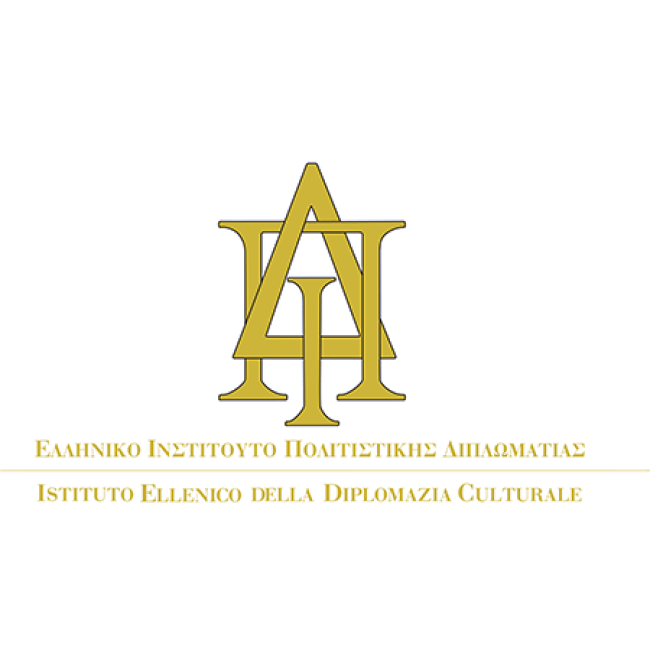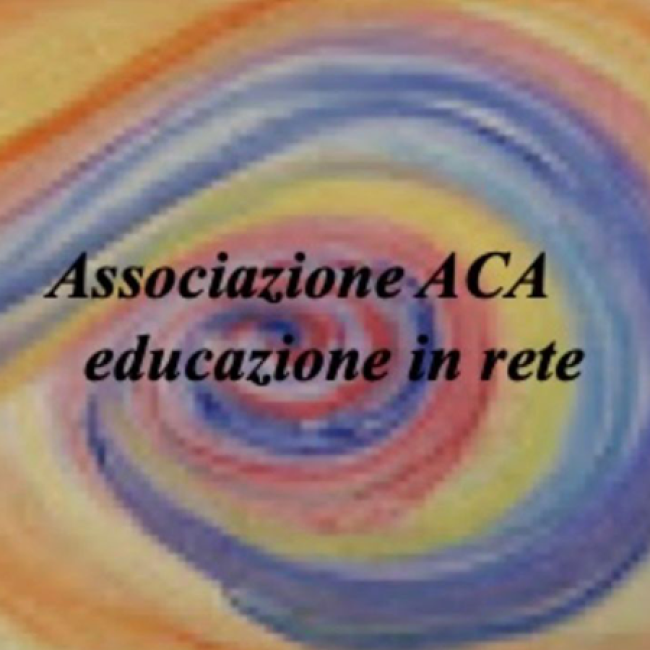Academy - The importance of bilingualism - How to foster communication at school and at home
Bilingualism beginning in kindergarten appears almost utopian, but it is not so.
In fact, the intention to communicate, the desire to say something to another, is an essential condition for beginning to speak...
As Traute Taeschner argues, "In good communicative intercourse the speaker sets and adjusts his language production to what he believes is his interlocutor's capacity to understand. Translated into L2 teaching terms, it means that the teacher does not have to understand the child's mother tongue if he or she wants the child to speak the new language."
In order for bilingualism to take place, however, it is essential to implement strategies and adopt modalities designed and thought out on a "child-friendly" basis.
Modules and content
Learning Objectives.
Understand what is meant by bilingualism
Foster bilingual approach through verbal and nonverbal language
Construct materials and projects aimed at fostering bilingualism in school and at home
Employment outlets
Advanced training for teachers, educators, experts in child glottodidactics and educational specialists
Admission Requirements.
Applicants with a high school diploma, bachelor's degree and/or master's degree are eligible to apply.
Verification test
Multiple-choice and open-ended questionnaire.
Duration and Structure of the Academy Course
Duration: 12 hours in total
Frequency: 6 lessons of 2 hours each
Mode: Online (see below for details)
Enrollment: Always open throughout the year
Teacher in charge: Prof. Haidi SEGRADA
Price
CHF/EUR 500.00












